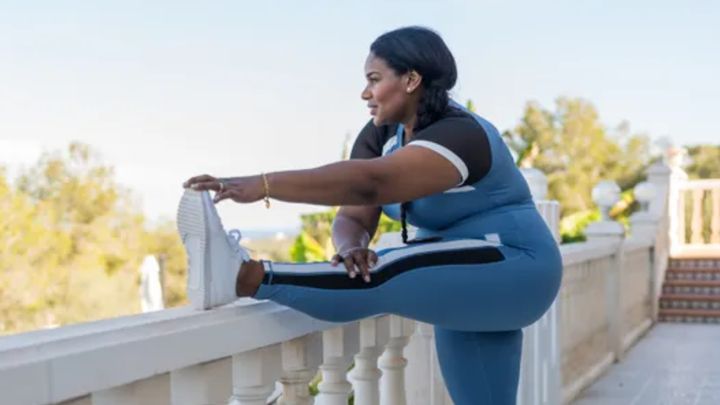
Recent research suggests that, more than any other activity, a person’s ability to stand on one leg changes with age. It appears to be the first fitness marker to go.
Scientists think that’s because it uses so many different parts of the brain and body at once.
Indeed the NHS Suffolk and North East Essex Integrated Board asks: “How long can you stand on one leg like a flamingo?”
They add: “It might sound like an odd question, but your answer to the above question could tell you a lot about your general health and fitness.”
The NHS entry even shared how long we should be able to stand on one leg by age.
What’s normal for my age group?
Before we share the goals by age, let’s clear up how the test works.
You have to stand on one leg with your hands on your hips and keep your eyes open.
The timer starts as soon as your foot lifts off the ground and stops when you either lower your foot or take your hands off your hips.
Per the NHS, you should aim for:
1) Ages 18–39
- 43 seconds
2) Ages 40–49
- 40 seconds
3) Ages 50–59
- 37 seconds
4) Ages 60–69
- 30 seconds
5) Ages 70–79
- 18 to 19 seconds
6) Ages 80+
- A little over 5 seconds.
They add that even if you can go well over that time, you shouldn’t stand on one leg for more than a minute.
Why does that matter?
Selina Lim, Divisional Director for Integrated Pathways at the NHS East Suffolk and North Essex NHS Foundation Trust, said: “We know that people who struggle to balance for the expected amount of time are at a higher risk of developing ill-health as they age.
“By taking part in the ‘flamingo challenge’ people can quickly and easily assess for themselves whether they are at risk. If they are, there are lots of different activities they can engage in that can help improve their overall fitness.”
There are plenty of ways to improve your balance, strength, and stability, including surprisingly simple moves like sideways walking and step-ups.